MTA will spend $4 billion to buy 1,600+ new subway cars
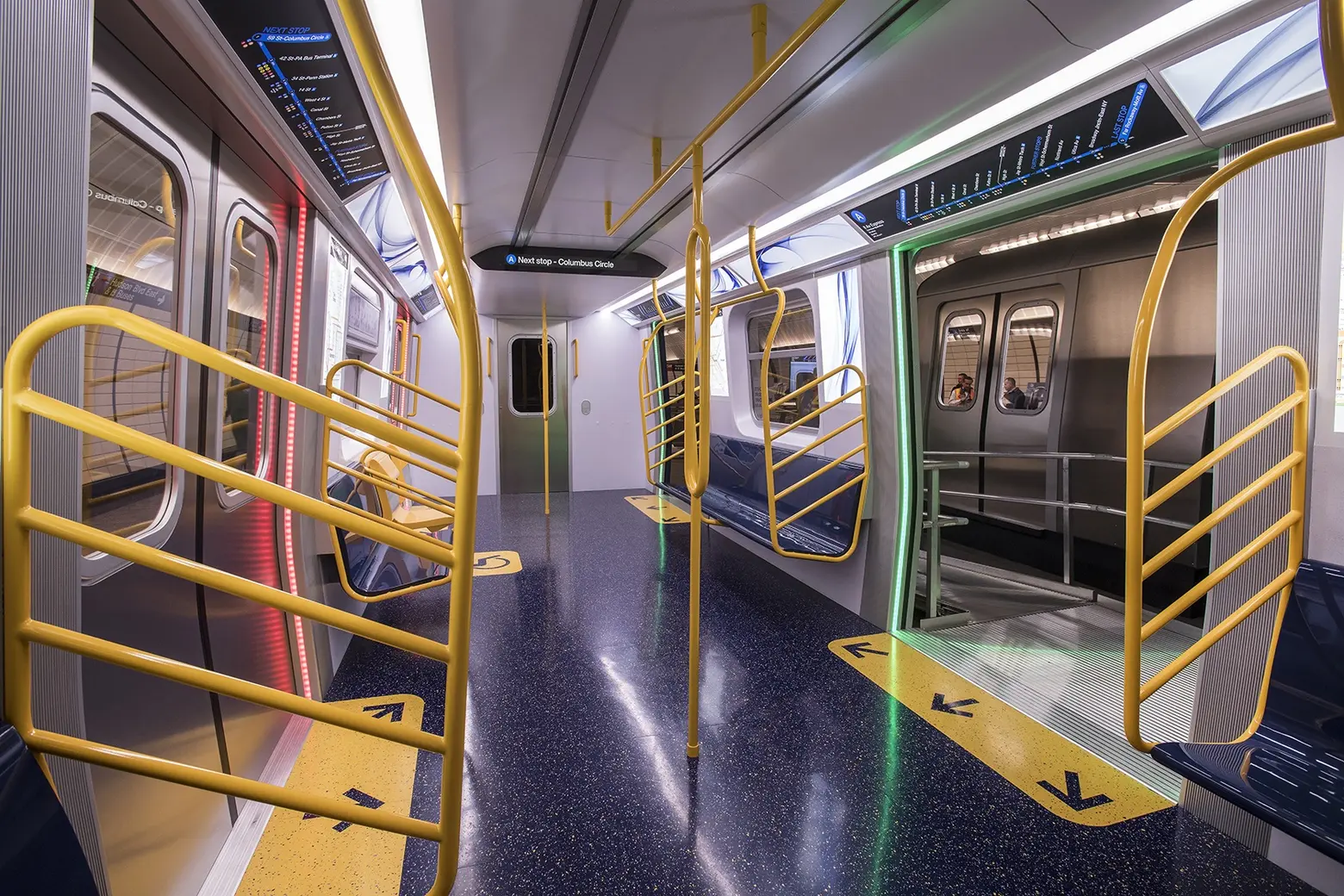
R211 subway car prototype © MTA/Flickr
Following a very rough year for the city’s subway system, the MTA announced it’ll spend close to $4 billion to buy over a thousand new train cars to modernize the aging fleet. The New York Times calls it “a major investment meant to help remedy the delays and breakdowns that plague the system.” The MTA has set up a three-phase contract with the Japanese company Kawasaki in which the first new cars should be delivered July 2020. Known as the R211, the cars will have brighter lighting, 58-inch-wide doors, rather than the current 50 inches, and eight digital screens displaying information and advertisements. An initial batch of 20 trains will feature the open-gangway cars, pictured above and on display to New Yorkers late last year.
The MTA has committed roughly $1.45 billion to buy over 500 cars with an agreement to take steps to purchase more if the initial group performs well, for a total of 1,612 cars. The contract could pay Kawasaki more than $3.7 billion with the financing being provided by the Federal Transit Administration, according to the New York Times. But to win the full contract, Kawasaki must deliver the first batch of cars 30 months from the day it is officially awarded, after the MTA’s board votes later this month.
The timeline is meant to avoid the disastrous relationship the MTA had with Bombardier, a Canadian company hired to build the city’s last fleet of new cars. Those were delivered two years behind schedule and many of the cars, which have started running over the last two months, had issues and needed to be removed from the tracks.
Kawasaki’s new R211 subway cars will gradually replace the authority’s fleet of R46 cars, which were built between 1975 and 1978. Those cars currently run on the A, F, R and C lines as well as the shuttle. And if the gangway design goes well, then the transit authority plans to obtain more–even perhaps for the entire order.
To address the consistent breakdown of both old and new cars in the system, R211 cars will be equipped with monitoring computers that will relay information in real-time about its performance, like a subway car “health check.” That means an ailing train can be “diagnosed” even before it’s taken back to the repair shop.
Andy Byford, the newest president of the NYC Transit Authority, said this effort is to introduce “new, very customer-friendly, high amenity, very reliable rolling-stock into the New York system.”
[Via New York Times]
RELATED:
- Cuomo asks MTA to study possible subway extension from Manhattan to Red Hook
- MTA running longer C-trains to accommodate more commuters
- See inside the MTA’s proposed open gangway subway cars
All photos of the R211 prototype courtesy of the MTA’s Flickr
Get Insider Updates with Our Newsletter!
Leave a reply
Your email address will not be published.
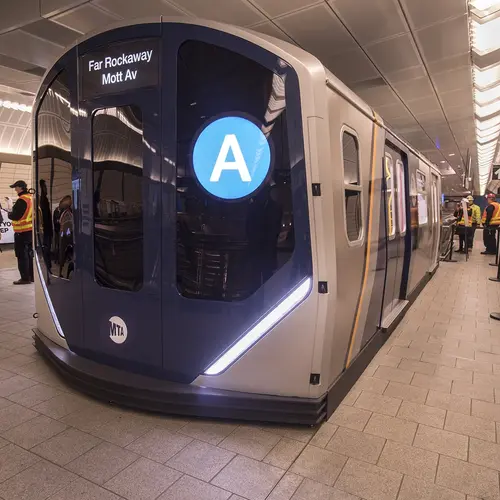
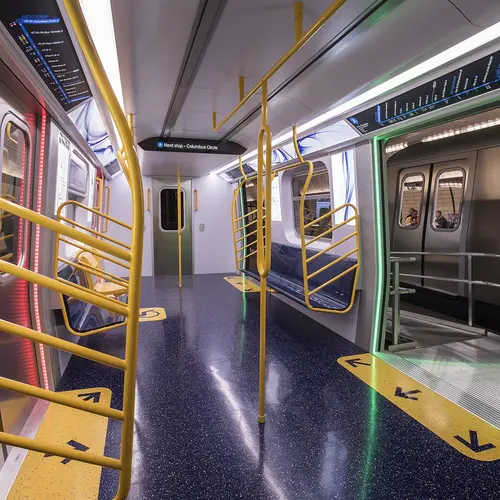
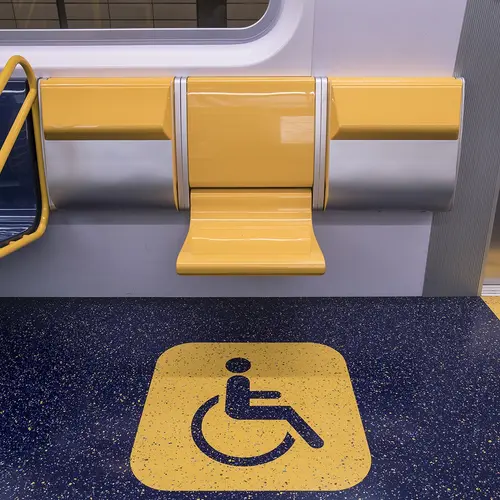
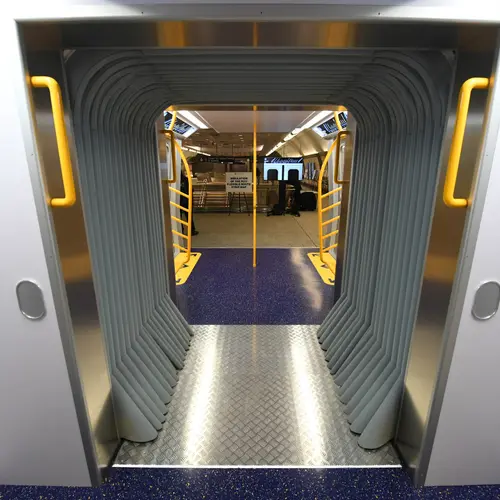

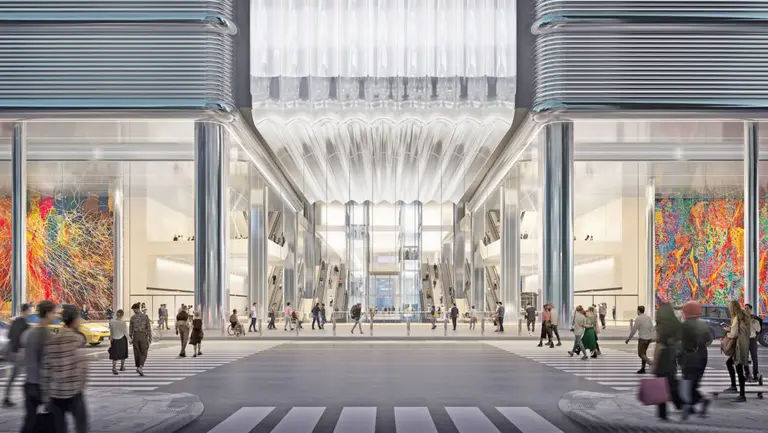


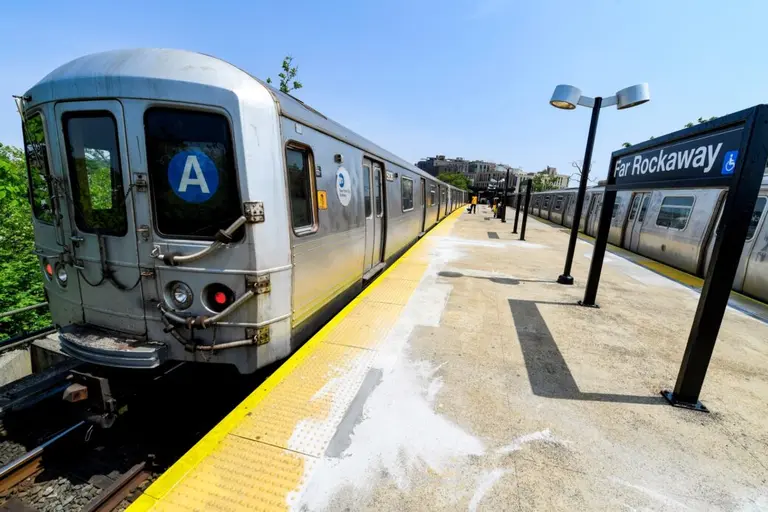






















The prototype interiors that were on display had a critical flaw — they included many vertical poles.
Critically, any new swubay cars need to AVOID having vertical poles in the middle of the aisle. New Yorkers are terrible at clinging to poles for dear life, planting their feet and not moving, resulting in human logjams at the door areas while the center of the cars remain relatively empty. Just ride any subway during rush hour to observe this behavior.
The entire point of open-gangway is to increase overall capacity and to encourage movement throughout the train to even out density hotspots. So like Toronto’s subways, or even the PATH’s non-gangway ones, it is vital that there be no poles to impede movement. There can be plenty of handholds on the sides or overhead instead.
Poles are the enemy, and yet they showed up in the prototype. Smarten up, MTA.
https://uploads.disquscdn.com/images/a7f44f31ebf8bdecabd61ecc1828fb26ea8244af71c5119a9bce3934a5eaf930.jpg